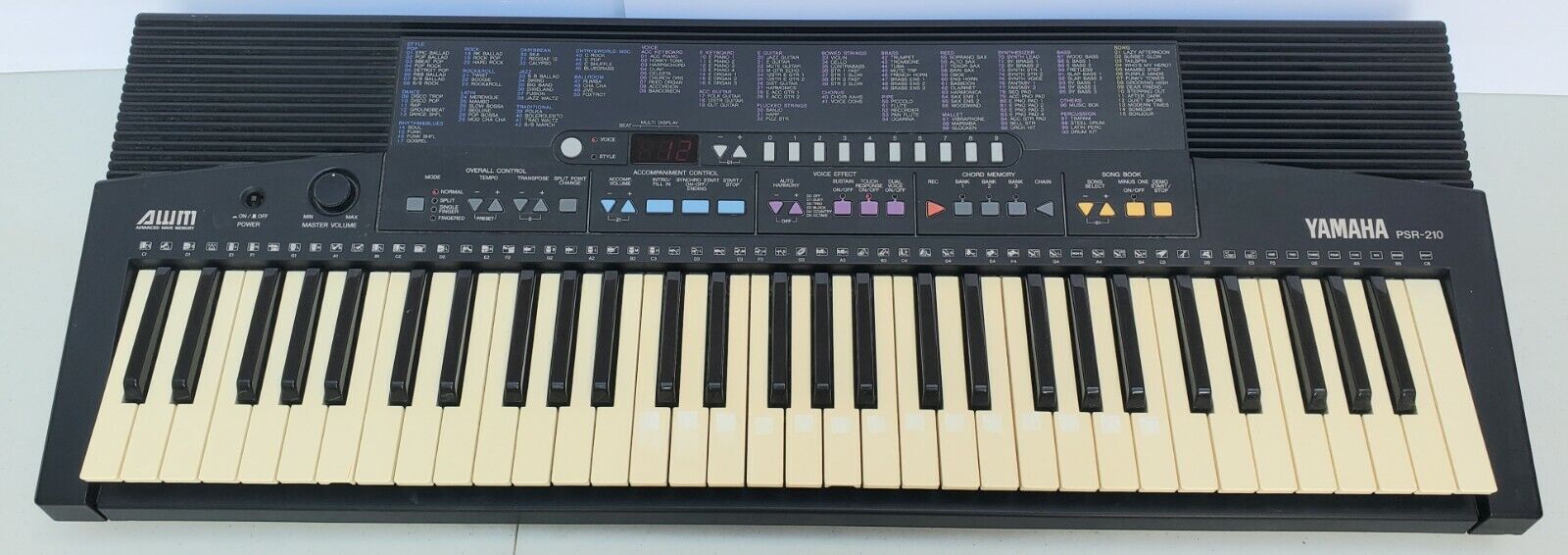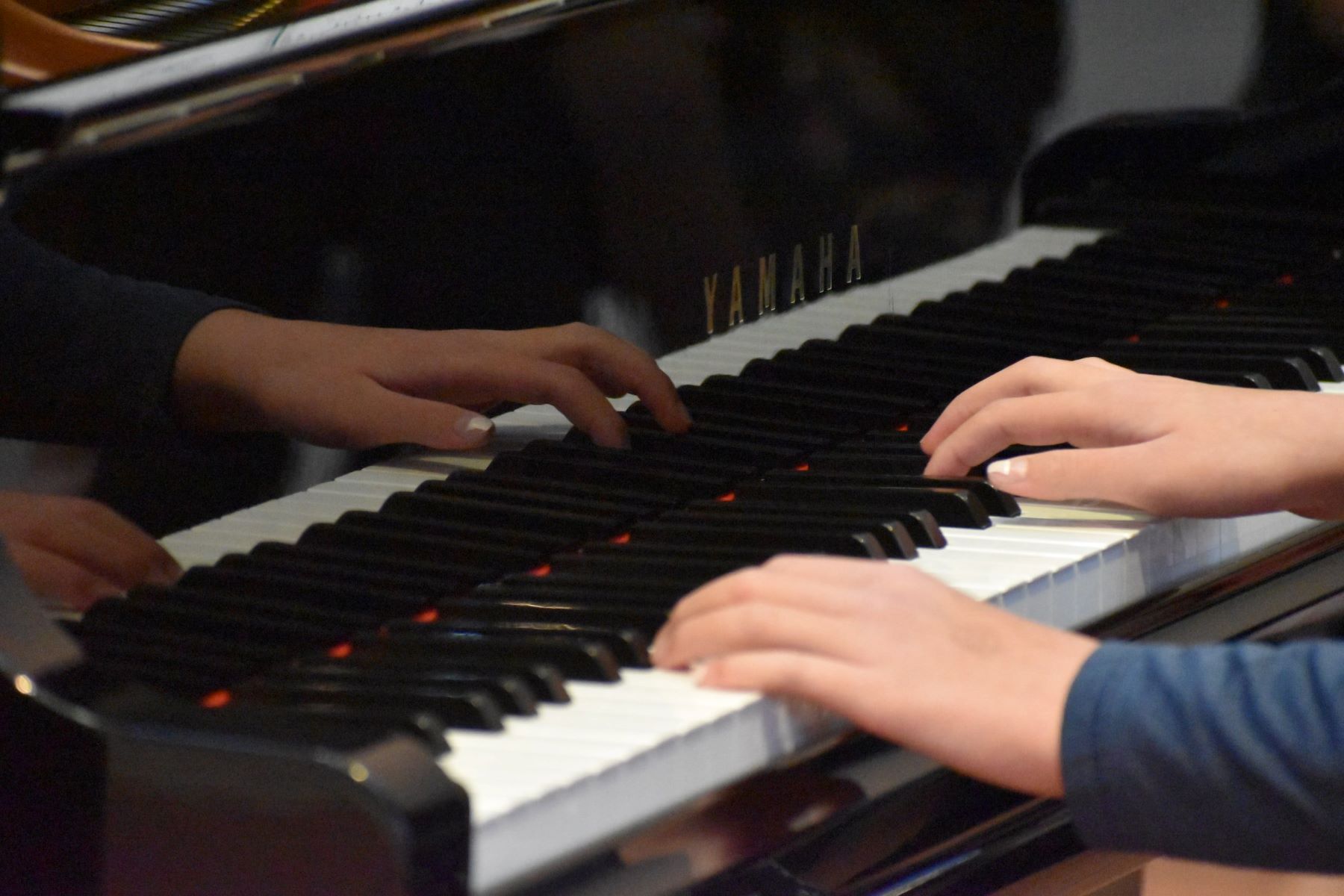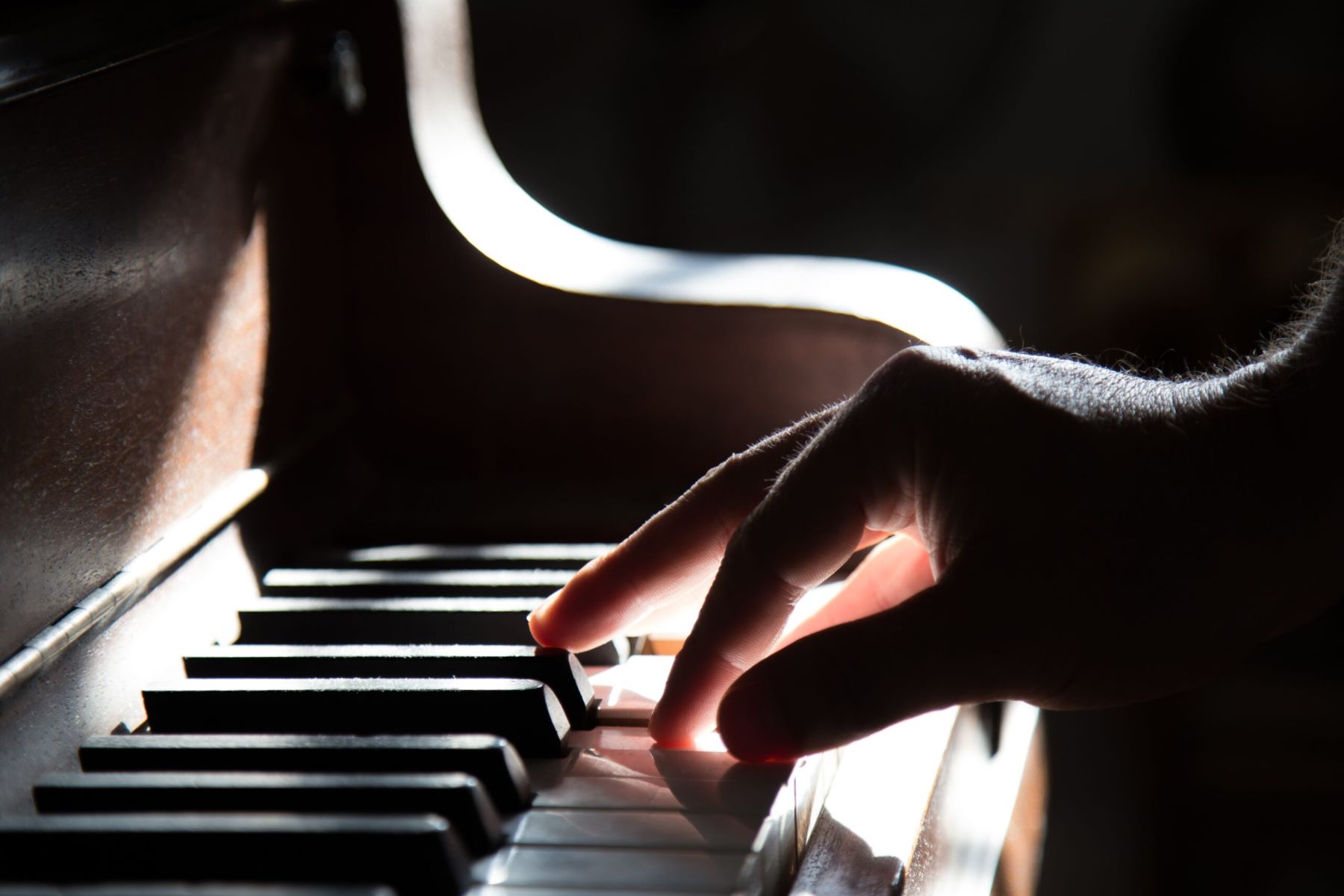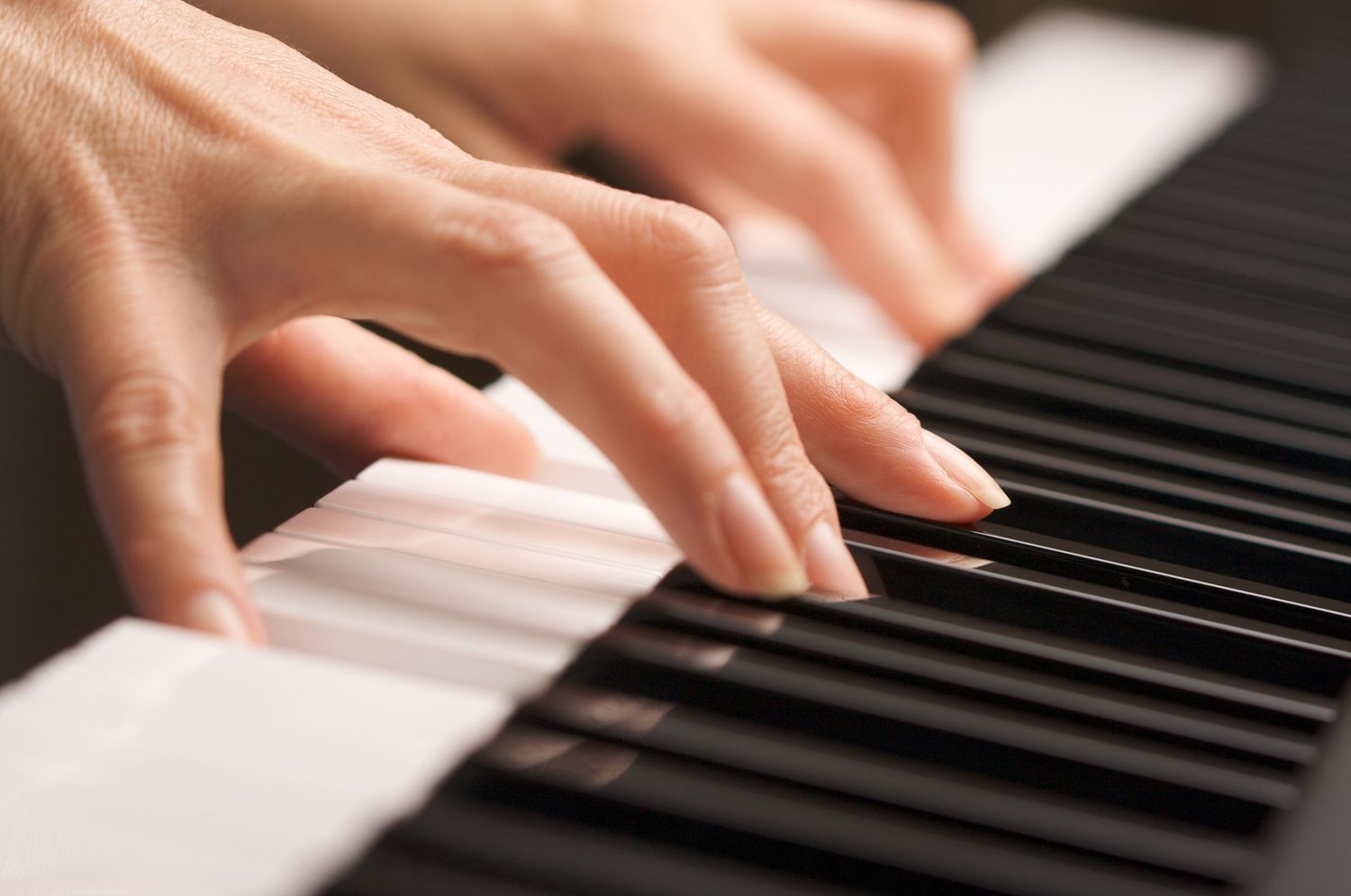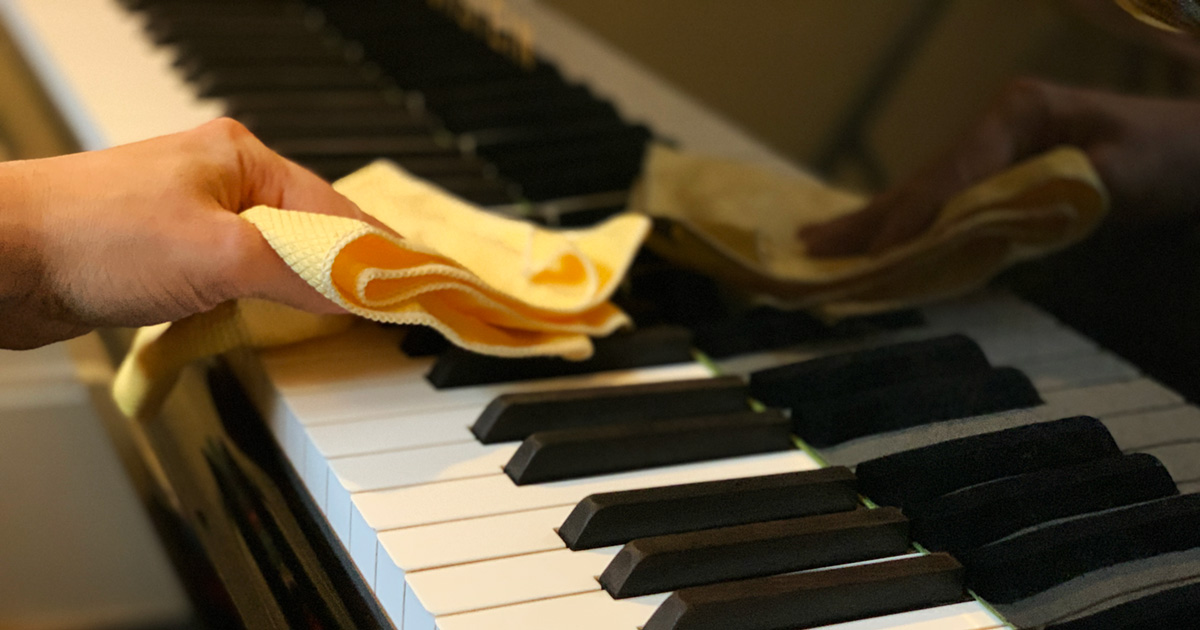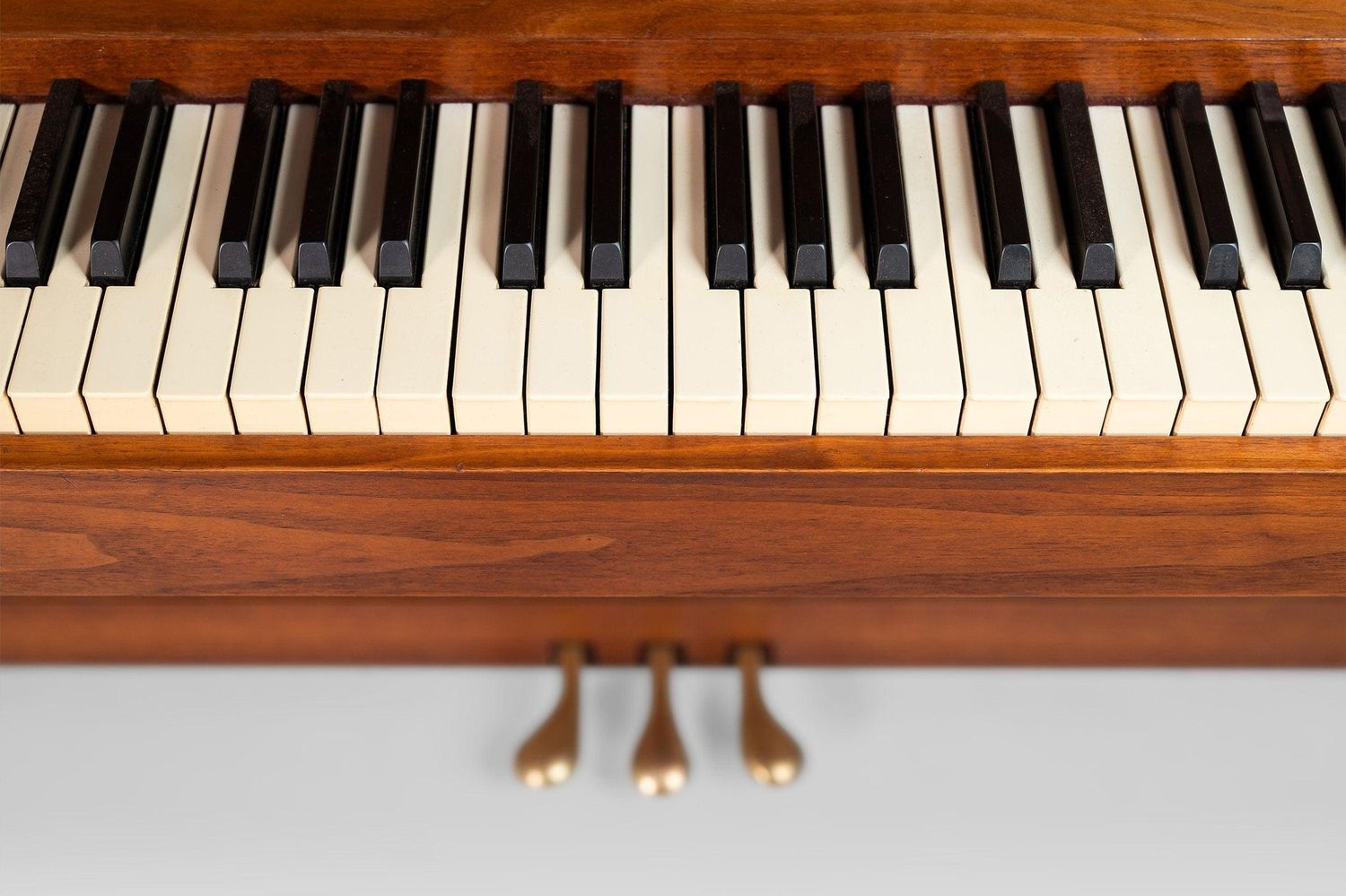Home>Instruments>Piano>How Many Keys Are On A Piano
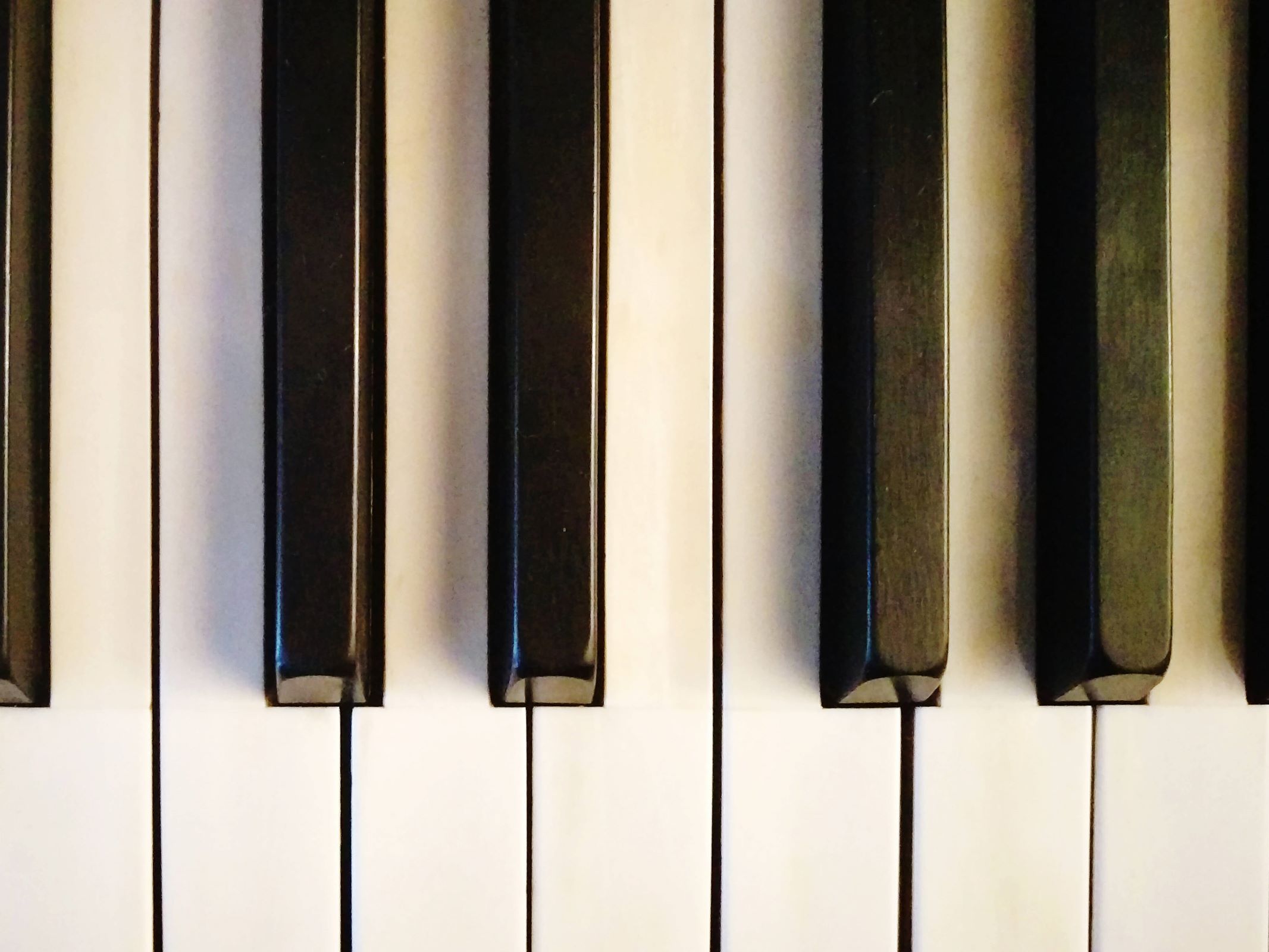

Piano
How Many Keys Are On A Piano
Modified: February 10, 2024
Discover the answer to "how many keys are on a piano" and explore the keyboard instrument's design and functionality. Learn more about pianos today!
(Many of the links in this article redirect to a specific reviewed product. Your purchase of these products through affiliate links helps to generate commission for AudioLover.com, at no extra cost. Learn more)
Table of Contents
Introduction
The Allure of the Piano: A Musical Marvel
The piano, a timeless instrument that has enraptured music enthusiasts for centuries, holds a special place in the world of music. Its elegant form and captivating sound have made it a centerpiece in countless compositions and performances. Whether it's the gentle melodies of a classical sonata or the vibrant rhythms of a jazz improvisation, the piano's versatility knows no bounds. In this article, we delve into the captivating world of pianos, starting with a fundamental question: how many keys are on a piano?
The piano's enchanting allure stems from its ability to produce a vast range of tones, from the deepest bass notes to the highest treble pitches. Its mechanism, involving hammers striking strings, allows for dynamic expression and emotional depth in musical performances. Understanding the anatomy of a piano and the significance of its keys is crucial in appreciating the instrument's complexity and beauty.
As we embark on this exploration, we invite you to join us in unraveling the mysteries of the piano, from its intricate inner workings to the diverse types of pianos that grace concert halls and living rooms worldwide. Let's embark on a musical journey to discover the heart and soul of this extraordinary instrument.
Anatomy of a Piano
Unveiling the Inner Workings
Before delving into the specifics of a piano’s keyboard, it’s essential to grasp the instrument’s intricate anatomy. The piano comprises numerous components that work in harmony to produce its iconic sound. At the core of the piano lies the soundboard, a vital element responsible for amplifying the vibrations of the strings, thereby producing rich and resonant tones.
Positioned above the soundboard are the strings, which vary in length and thickness to generate diverse pitches. When a pianist strikes a key, a complex series of mechanisms is set in motion. The key activates a hammer, which, in turn, strikes the corresponding string, producing the desired note. This mechanism, known as the piano action, enables the pianist to control the dynamics and articulation of each note.
Furthermore, the piano’s pedals play a pivotal role in shaping the instrument’s sound. The sustain pedal, often referred to as the damper pedal, allows notes to linger and resonate, creating a lush and sustained sound. On the other hand, the soft pedal, also known as the una corda pedal, alters the position of the hammers, resulting in a softer and more subdued tone.
Understanding the intricate interplay of these components provides insight into the piano’s expressive capabilities. From the resonant reverberations of the strings to the nuanced control afforded by the pedals, every facet of the piano’s anatomy contributes to its status as a paragon of musical craftsmanship.
The Standard Piano Keyboard
Unraveling the Keys
The piano keyboard, a marvel of precision and design, serves as the interface through which pianists channel their musical expressions. Comprising a series of keys, each representing a specific pitch, the keyboard spans the instrument’s entire range, from the lowest bass notes to the highest treble tones. The arrangement of the keys follows a pattern of alternating black and white keys, a design that facilitates the identification of notes and chords.
Traditionally, the standard piano keyboard consists of 88 keys, providing a broad spectrum of pitches for musicians to explore. These keys are further categorized into different sections, including the bass section, the tenor section, and the treble section. Each section encompasses a distinct range of notes, allowing for seamless transitions across the keyboard.
Moreover, the keyboard’s layout adheres to a repeating pattern of 12 notes, known as an octave. This pattern comprises seven natural notes (A, B, C, D, E, F, and G) and five sharp or flat notes, which are represented by the black keys. The consistent repetition of this octave pattern across the keyboard facilitates the recognition of intervals and the execution of melodic and harmonic sequences.
Furthermore, the standard keyboard’s design enables pianists to employ various playing techniques, including legato, staccato, and arpeggios, with precision and fluidity. The responsive nature of the keys, coupled with the instrument’s dynamic range, empowers musicians to convey a wide spectrum of emotions through their performances.
By comprehending the layout and functionality of the standard piano keyboard, aspiring pianists and music enthusiasts gain a deeper appreciation for the instrument’s versatility and expressive potential. The keyboard stands as a gateway to boundless musical creativity, inviting individuals to embark on a melodic journey that transcends boundaries and resonates with the depths of the human spirit.
The Number of Keys on a Piano
Unveiling the Key Count
When contemplating the number of keys on a piano, the standard configuration consists of 88 keys, encompassing a wide tonal range that spans across seven octaves. This standardization has remained consistent for many decades, providing pianists with a comprehensive array of pitches to compose and perform musical pieces across various genres.
The 88-key layout comprises 52 white keys and 36 black keys, with the black keys representing the sharp and flat notes. This symmetrical arrangement allows for intuitive navigation of the keyboard and facilitates the execution of scales, chords, and intricate musical passages with precision and clarity.
It is worth noting that earlier iterations of pianos featured a smaller key count, with some instruments having as few as 60 keys. However, as musical compositions evolved and expanded in complexity, the demand for a broader range of pitches led to the standardization of the 88-key configuration, ensuring that pianists could explore the full breadth of musical expression.
Furthermore, the 88-key layout enables pianists to tackle a diverse repertoire, ranging from classical masterpieces by renowned composers such as Mozart and Beethoven to contemporary compositions that push the boundaries of musical innovation. The expansive range of the piano’s keys empowers musicians to traverse the depths of emotion and creativity, transcending limitations and embracing the boundless possibilities of musical artistry.
While the 88-key configuration is the predominant standard, it is important to acknowledge the existence of pianos with alternative key counts. For instance, smaller pianos, such as upright or console pianos, may feature 85 or 86 keys, slightly reducing the overall range but still offering substantial versatility for musicians. Conversely, concert grand pianos, renowned for their exceptional tonal richness and resonance, adhere to the traditional 88-key layout, ensuring that performers can harness the instrument’s full expressive potential.
Ultimately, the number of keys on a piano plays a pivotal role in shaping the instrument’s sonic capabilities and the creative possibilities available to pianists. Whether embarking on virtuosic performances or crafting evocative compositions, the 88 keys stand as a testament to the piano’s enduring legacy as a cornerstone of musical excellence and innovation.
Types of Pianos and Their Key Counts
Exploring Variations in Design
While the standard piano keyboard typically consists of 88 keys, it is important to recognize that various types of pianos exhibit unique key counts, each tailored to suit specific musical contexts and performance preferences. Understanding the diverse key configurations across different piano types sheds light on the nuanced characteristics and sonic capabilities of these instruments.
One notable variation is the upright piano, a compact and versatile instrument commonly found in homes and practice spaces. Upright pianos often feature 85 or 86 keys, slightly fewer than the traditional 88-key layout. Despite the reduced key count, upright pianos retain a vast range of musical expression, making them well-suited for intimate performances and everyday practice sessions.
Conversely, grand pianos, renowned for their majestic presence and unparalleled tonal resonance, adhere to the standard 88-key configuration. Whether in the form of baby grand pianos, measuring around 5 to 6 feet in length, or concert grand pianos, which can exceed 9 feet in size, these instruments offer uncompromising richness and depth across their entire range, empowering performers to command the stage with unparalleled artistry.
Furthermore, digital pianos, a modern innovation that seamlessly blends cutting-edge technology with the timeless allure of acoustic pianos, often emulate the standard 88-key layout to provide an authentic playing experience. These instruments, equipped with advanced sound sampling and responsive key action, cater to diverse musical styles and performance settings, offering musicians a versatile platform for creative exploration.
In addition to acoustic and digital pianos, hybrid pianos have emerged as a compelling fusion of tradition and innovation. These instruments integrate acoustic elements, such as authentic wooden keys and soundboard resonance, with digital enhancements, delivering a harmonious marriage of classic elegance and contemporary functionality. The key counts of hybrid pianos typically mirror those of their acoustic counterparts, ensuring a seamless transition for pianists seeking a dynamic and expressive playing experience.
By acknowledging the diverse key counts across various piano types, musicians and enthusiasts gain a deeper appreciation for the nuanced characteristics and performance attributes inherent in each instrument. Whether embracing the compact charm of an upright piano, the commanding presence of a grand piano, or the technological prowess of a digital or hybrid piano, the key count serves as a defining factor in shaping the instrument’s sonic identity and artistic potential.
Conclusion
Celebrating the Piano’s Timeless Legacy
As we conclude our exploration of the piano and its key counts, we are reminded of the instrument’s enduring legacy as a paragon of musical excellence and artistic expression. The piano’s standard 88-key configuration, spanning seven octaves and encompassing a diverse array of pitches, serves as a testament to the instrument’s boundless potential for creativity and emotive storytelling.
From the elegant symmetry of the keyboard’s black and white keys to the intricate interplay of hammers and strings within the instrument’s inner workings, the piano captivates the senses and ignites the imagination. Its ability to evoke a myriad of emotions, from the tenderest whispers to the most thunderous crescendos, establishes it as a cornerstone of musical composition and performance.
Moreover, the exploration of different piano types, each with its unique key counts, underscores the instrument’s adaptability to diverse musical contexts and settings. Whether gracing the grand stages of concert halls, adorning the intimate spaces of homes, or embracing the cutting-edge innovations of digital and hybrid designs, the piano continues to evolve while preserving its timeless allure.
Aspiring pianists, seasoned musicians, and music enthusiasts alike are invited to embark on a melodic journey that transcends boundaries and resonates with the depths of the human spirit. The piano’s keys, whether 88 in number or slightly fewer, beckon individuals to unlock their creative potential and immerse themselves in the enchanting world of music.
In essence, the piano’s key counts serve as a reflection of the instrument’s unwavering commitment to inspiring and enchanting generations of music lovers. As we celebrate the piano’s timeless legacy, we honor its pivotal role in shaping the landscape of musical artistry and reaffirm its status as a cherished companion in the hearts and minds of enthusiasts worldwide.

